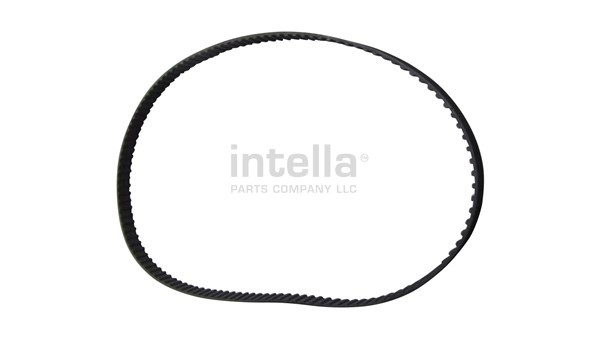Interference Engine / Timing Kit
What is the purpose of a timing belt?
A timing belt is a belt made of rubber and other materials including polyurethane reinforced with polyester, fiberglass or Kevlar. Belts are cogged to fit the profile of the Crankshaft and the camshaft gears.
The timing belts job is to synchronize the camshaft and crankshaft so that the valve open and close at the proper times to allow fuel mixture to enter the cylinder and exhaust gases to escape at the proper time in the engine cycle.

Why does my timing belt need to be replaced?
Belts fail from normal wear and tear; the materials break down over time and cause the belt to break. Misaligned or worn pulleys and tensioners can cause premature belt failure as well as deterioration caused by oil leaks. The mechanic replacing the timing belt should inspect and replace any worn components in addition to the belt. It is a good idea to replace the related components at the time of belt replacement due to the labor involved in accessing the belt. The water pump is often included because it is sometimes driven by the timing belt also.
Many engines used in forklifts today are “interference engines”. This refers to the cylinder head and piston design that allows for the valves to impact the top of the piston when the camshaft and crankshaft are not in proper timing. This can happen when the timing belt slips or breaks allowing the crankshaft to rotate out of sync with the camshaft.

More about interference engines.
Prior to the 1980’s most engines were timed using chains and gears to time the shafts. Most modern engines use belts and many of those are interference engines. Belts allow for quieter operation, more complex engine designs with higher compression ratios, more efficient operation and are less expensive to produce.
The interference design is a byproduct of trying to achieve more efficient engines designs. This interference design allows for the valves to protrude into the cylinder in order to increase the overall compression ratio. This interference fit achieves the stated objective, but the valves must be withdrawn from the cylinder when the piston is in the up position, if this doesn’t happen it will cause catastrophic engine failure. This can happen when the timing belt fails to keep the camshaft(s) in proper alignment (timing) either thru slippage or breakage of the belt itself.
Therefore, we can see that it is critical that we change the timing belt prior to it breaking. Proper maintenance including timing bt replacement at factory recommended intervals is crucial to minimize the risk of severe engine damage.

How can I tell if I have an interference engine?
Many engines used today in automotive and industrial applications are interference engines although many older engines and some newer engines do not have interference designs, these are called Free-running. The best method to determine which design you have is to ask your dealer, your parts supplier or consult your service manual. It is always helpful to know your Model and Serial number when inquiring about parts or service.

Do I need to replace my timing belt if I do not have an interference engine?
The short answer is yes, timing belts wear and therefore need to be replaced before they fail to prevent breakdowns that can affect production, slowdown or shutdown of your operation. It is prudent to plan these types of maintenance to minimize costs. There are also labor savings as the mechanic only has to verify that the engine timing is correct when replacing as opposed to re-timing the engine when the belt slips or breaks.

What if my engine uses a timing chain and gears?
Timing chains also wear and should be replaced according to manufacturer’s guidelines.

